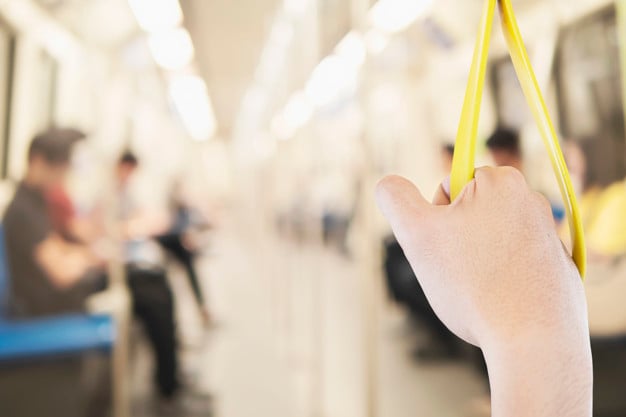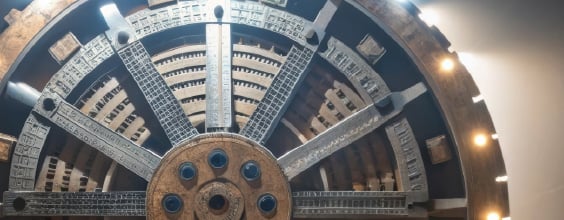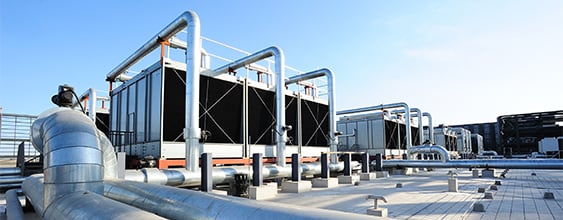What does the future of rail travel look like to you? Does it promise more convenience, affordability and more reliability? Perhaps it offers more comfort and automation, freeing up your time to do other more interesting things than book tickets, arrange multi-modal connections and keep appointments with friends and colleagues.

To me it looks like this…
Your working week is done and there is an impromptu party your friend is hosting out-of-town at the weekend – an unmissable social event. You tell your intelligent cyber assistant to present you with the best transport solutions available. It has learned your personal travel preferences over many years, so you book “option one” with complete confidence.
Instantly, a chain of events begins: your calendars are updated, an automated RSVP is sent and an automated electric taxi is ordered that will take you from your front door to the train station in plenty of time for your connection – the forecasted snow is accounted for in the automatic timing schedule. Nothing is left to chance; you even know which plant milk to expect in your coffee on arrival at the station.
Standing in front of your platform screen door, which was revealed by your connected wristwatch as you enjoyed a croissant minutes earlier, you know that in about 45 seconds the train will arrive, your seat will be waiting and your interactive private screen will be loaded with the next episode of the box set you are currently absorbed in. A reminder pops up 15 minutes before your estimated arrival telling you where your autonomous vehicle pick-up will be waiting for the final leg of your door-to-door journey, along with the flowers you ordered are a perfect ‘thank you’ for your host.
How can rail realise this vision?
This vision may seem far-fetched to some, but it is aligned with expectations from a growing number of consumers who already use much of the technology it depends on. For a railway confronted with real competition in the shape of emerging, viable alternatives to train travel – the most obvious being remote working and automated cars – it is incumbent on the railway industry to face down these existential threats. Otherwise it could suffer a similar fate to the classic Nokia, long since usurped by the ubiquitous smart phone.
This should not frighten ‘rail’; it was the original market disrupter, making industrialisation possible and rendering horse drawn transport an irrelevance over 150 years ago. Time and again it has reinvented itself to compete with alternative modes, evolving from steam to diesel, diesel to electric, and now to high speed.
As with most sectors, it will be market forces and consumer behaviour that dictate how rail must evolve.
How ‘digital transformation’ can give passengers what they really want
Passengers are less concerned with shiny new technology and more concerned with what benefits this technology will bring them – sure, it’s a bullet train, but how much shorter or more comfortable will their journey be? And any buzz around new tech is short lived, how many of us are impressed by a car with electric windows, cruise control or an automatic driveshaft, how many Smart TV owners want a faster service with more apps. Rail is no different; we need to keep pushing the boundaries to meet the growing demands of our users.
With nearly 43% of consumers now using intelligent assistants (e.g. Siri or Cortana) to navigate their journeys, smarter travel enabled by virtual assistants is becoming an expectation. We increasingly expect to be able to make dynamic, on-demand travel choices. Our travel patterns are also likely to change, with fewer working days and more flexible hours meaning that rail must offer flexibility.
But it is important we don’t get lost in meaningless technological enhancements just for the sake of them. We need to focus on giving passengers what it is they really want: more reliability, more flexibility and more convenience. This is where the digital transformation of our railway can play a vital role, providing a step change in passenger service, while avoiding the need to build costly additional infrastructure for increasingly fast fleets of rolling stock.
This blog was written by Prasad Bhave, Service Leader, Digital Railway team, WSP.














